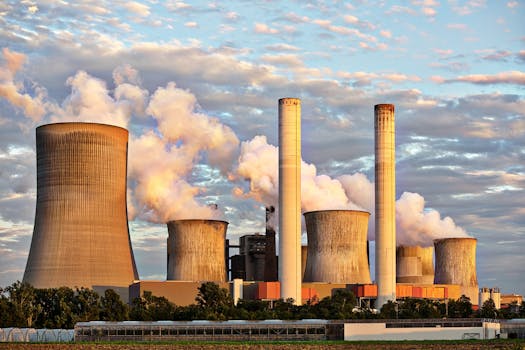The Impact of Air Pollution on Children’s Health
Air pollution is a pressing global issue that poses significant health risks, particularly to vulnerable populations such as children. As their bodies and immune systems are still developing, children are more susceptible to the harmful effects of pollutants. This article explores the various ways air pollution affects children’s health and offers practical strategies for protecting them.
Understanding Air Pollution
Air pollution refers to the presence of harmful substances in the atmosphere, which can originate from various sources, including industrial emissions, vehicle exhaust, and household products. Common pollutants include:
- Particulate Matter (PM2.5 and PM10)
- Nitrogen Dioxide (NO2)
- Sulfur Dioxide (SO2)
- Carbon Monoxide (CO)
- Ozone (O3)
These pollutants can have severe health implications, especially for children, who breathe in more air relative to their body weight compared to adults.
Health Effects of Air Pollution on Children
Research has shown that exposure to air pollution can lead to a range of health issues in children, including:
- Respiratory Problems: Children exposed to high levels of air pollution are at an increased risk of developing asthma and other respiratory diseases. A study published in the journal Environmental Health Perspectives found that children living in areas with high levels of PM2.5 were more likely to experience asthma symptoms.
- Neurological Effects: Emerging research suggests that air pollution may impact cognitive development. A study conducted in Mexico City indicated that children exposed to high levels of air pollution had lower IQ scores compared to their peers in less polluted areas.
- Cardiovascular Issues: Long-term exposure to air pollution can lead to cardiovascular problems, even in children. The American Heart Association has linked air pollution to increased risks of heart disease and stroke.
- Developmental Delays: Pregnant women exposed to high levels of air pollution may give birth to children with developmental delays. A study in the journal JAMA Pediatrics found a correlation between prenatal exposure to air pollution and lower developmental scores in children.
Statistics Highlighting the Severity of the Issue
The statistics surrounding air pollution and children’s health are alarming:
- According to the World Health Organization (WHO), around 600,000 children under the age of five die each year due to respiratory infections linked to air pollution.
- The WHO also reports that 93% of children worldwide breathe air that exceeds the guideline limits for pollutants.
- A study by the European Environment Agency found that air pollution is responsible for approximately 400,000 premature deaths in Europe each year, with children being disproportionately affected.
How to Protect Children from Air Pollution
While the issue of air pollution is daunting, there are several proactive steps parents and communities can take to protect children:
- Monitor Air Quality: Use air quality apps or websites to stay informed about pollution levels in your area. Limit outdoor activities when pollution levels are high.
- Create a Clean Indoor Environment: Use air purifiers, keep windows closed on high pollution days, and avoid smoking indoors. Regularly clean and dust your home to reduce indoor pollutants.
- Advocate for Policy Changes: Support local and national policies aimed at reducing emissions from vehicles and industries. Engage in community efforts to promote cleaner air initiatives.
- Encourage Healthy Lifestyles: Promote outdoor activities in cleaner environments, such as parks or nature reserves, and encourage a diet rich in antioxidants to help combat the effects of pollution.
Conclusion
The impact of air pollution on children’s health is a critical issue that requires immediate attention. With rising pollution levels globally, it is essential for parents, communities, and policymakers to work together to mitigate these risks. By understanding the dangers and taking proactive measures, we can protect our children and ensure they grow up in a healthier environment. The future of our children depends on the actions we take today to combat air pollution and safeguard their health.
